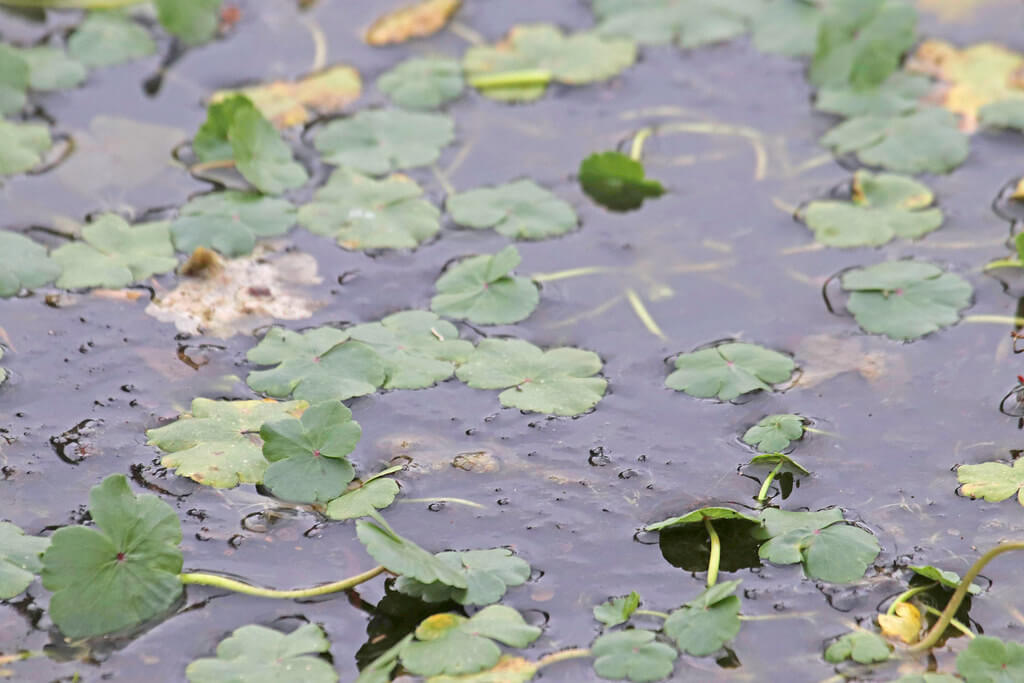Agriculture Protection Board of Western Australia (1993) Hydrocotyl, APB infonote 25/93.
Australian Plant Census (2011) available at: Vascular Plants APNI (biodiversity.org.au).
Australia's Virtual Herbarium (AVH) (2007). Council of Heads of Australian Herbaria (CHAH). Available at: Home - AVH (chah.org.au).
Canning River Regional Park Management Plan 1997-2007, Management Plan No. 36 by the Department of Conservation and Land Management, National Parks and Conservation Authority and the City of Canning.
Cannon, J.F.M. (1968) Hydrocotyle L., in T.G. Tutin et al. (eds), Flora Europaea, Volume 2. Cambridge University Press.
European and Mediterranean Plant Protection Organization (2006) Hydrocotyle ranunculoides data sheet on quarantine pest. OEPP/EPPO Bulletin 36, pp. 3-6.
Hussey, B.M.J., Keighery, G.J., Cousens, R.D., Dodd, J. & Lloyd, S.G. (1997) Western Weeds. A guide to the weeds of Western Australia. The Plant Protection Society of Western Australia, Victoria Park.
Klemm, V.V., Siemon, N.L. & Ruiz-Avila, R.J. (1993) Hydrocotyle ranunculoides: a control strategy for the Canning River Regional Park. Swan River Trust Report No. 6.
Kodela, P.G. (2007) National Herbarium of New South Wales. Personal communication.
Richardson, F.J., Richardson, R.G. & Shepherd, R.C.H. (2006).Weeds of the South-east. R.G. & F.J. Richardson, Meredith.
Ruiz-Avila R.J. & Klemm, V.V. (1996) Management of Hydrocotyle ranunculoides L.f., an aquatic invasive weed of urban waterways in Western Australia. Hydrobiologia 340 (1–3): 187-190.
Sainty, G.R. & Jacobs, S.W.L. (2003) Waterplants in Australia, 4th edn. Sainty & Associates Pty Ltd, Potts Point
Wheeler, J.R. (1987). Apiaceae. In Marchant, N.G., Wheeler, J.R., Rye, B.L., Bennett, E.M., Lander, N.S. & Macfarlane, T.D. (1987) Flora of the Perth Region, Part 1. Western Australian Herbarium, Perth.




















